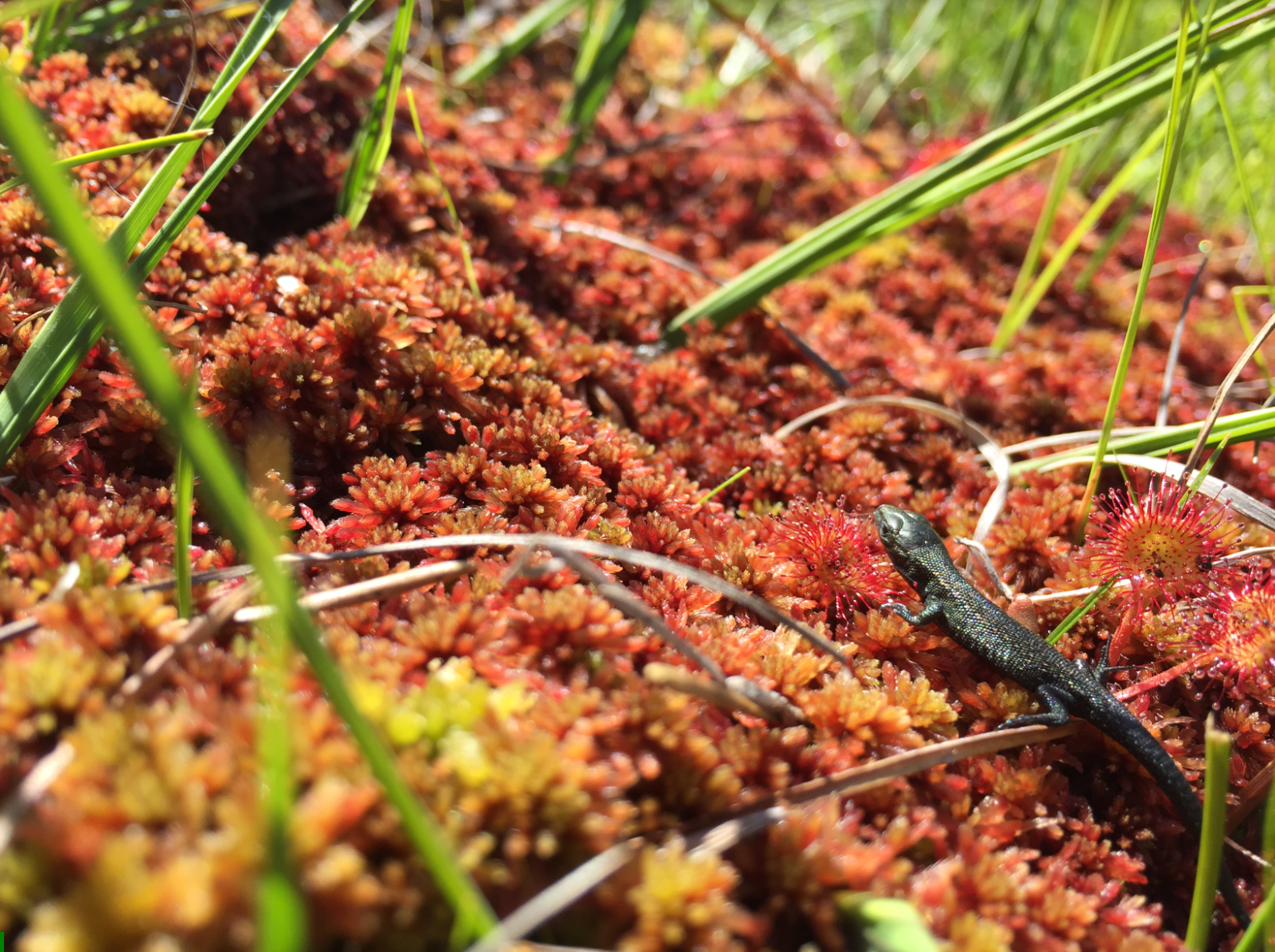This study unraveled the impacts of accelerated aging pace as a corollary of climate-driven population decline. We found transgenerational accumulation of telomere shortening implying that offspring were already born “old”. We suggest that this process may exacerbate across generations, leading to an aging loop in the population. This model posits that telomere dynamics should represent a molecular biomarker of extirpation, and likely a central cause and promising solution for future biodiversity managing actions.
Aging is the price to pay for acquiring and processing energy through cellular activity and life history productivity. Climate warming can exacerbate the inherent pace of aging, as illustrated by a faster erosion of protective telomere DNA sequences. This biomarker integrates individual pace-of-life and parental effects through the germline, but whether intra- and inter-generational telomere dynamics underlies population trends remains an open question. Here, we investigated the covariation between life history, telomere length (TL) and extinction risk among three age classes in a cold-adapted ectotherm (Zootoca vivipara) facing warming-induced extirpations in its distribution limits. Telomere length (TL) followed the same threshold relationships with population extinction risk at birth, maturity, and adulthood, suggesting inter-generational accumulation of accelerated aging rate in declining populations. In dwindling populations, most neonates inherited already short telomeres, suggesting they were born physiologically old and unlikely to reach recruitment. At adulthood, TL further explained females’ reproductive performance, switching from an index of individual quality in stable populations to a biomarker of reproductive costs in those close to extirpation. We compiled these results to propose the aging loop model and conceptualize how climate-driven telomere shortening in ectotherms may accumulate across generations and generate tipping points before local extirpation.
Laboratoires CNRS impliqués
- Institut d’écologie et des sciences de l’environnement de Paris (IEES – CNRS / IRD / INRAE / Sorbonne Université / Université Paris-Est Créteil Val-de-Marne, équipe VPA et EPE du département ECOEVO)
- Laboratoire des sciences de l’environnement marin (LEMAR – CNRS / IRD / Ifremer / UBO)
- Centre d’Etudes Biologiques de Chizé (CEBC – CNRS / La Rochelle Université)
- Station d’Ecologie Théorique et Expérimentale de Moulis (SETE – CNRS)
- Institut de Systématique, Évolution, Biodiversité (ISYEB – CNRS / EPHE / MNHN / Sorbonne Université)
- Evolution et Diversité Biologique (EDB – CNRS / IRD / Université de Toulouse – Paul Sabatier
- Centre de recherche en écologie expérimentale et prédictive – Ecotron IleDeFrance (CEREEP – CNRS / ENS)
Référence
Andréaz Dupoué, Pauline Blaimont, Frédéric Angelier, Cécile Ribout, David Rozen-Rechels, Murielle Richard, Donald Miles, Pierre de Villemereuil, Alexis Rutschmann, Arnaud Badiane, Fabien Aubret, Olivier Lourdais, Sandrine Meylan, Julien Cote, Jean Clobert, Jean-François Le Galliard. Lizards from warm and declining populations are born with extremely short telomeres. PNAS. 2022
Contact
Andréaz Dupoué
Laboratoire des sciences de l’environnement marin (LEMAR – CNRS / IRD / Ifremer / UBO)






